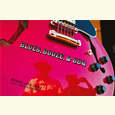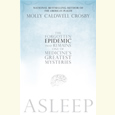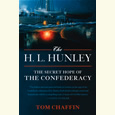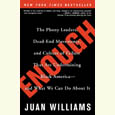As a commentator for Fox News and National Public Radio, Juan Williams is a lightning rod for both the right and the left. His sixth book, Enough: The Phony Leaders, Dead-End Movements, and Culture of Failure That Are Undermining Black America—and What We Can Do About It, explores the disconnect between the decisive victories of the civil-rights movement and the ground-level state of affairs for black Americans, who continue to live, he says, “as if they were locked out from all America has to offer.” On February 13, Williams will be at the Nashville Public Library to moderate a panel discussion titled “A New Dialogue in Civil Rights,” which includes Rev. James Lawson, Betty Flores, and Daniel Losen. The event commemorates the fifty-year anniversary of Nashville’s student-led demonstrations and sit-ins.








